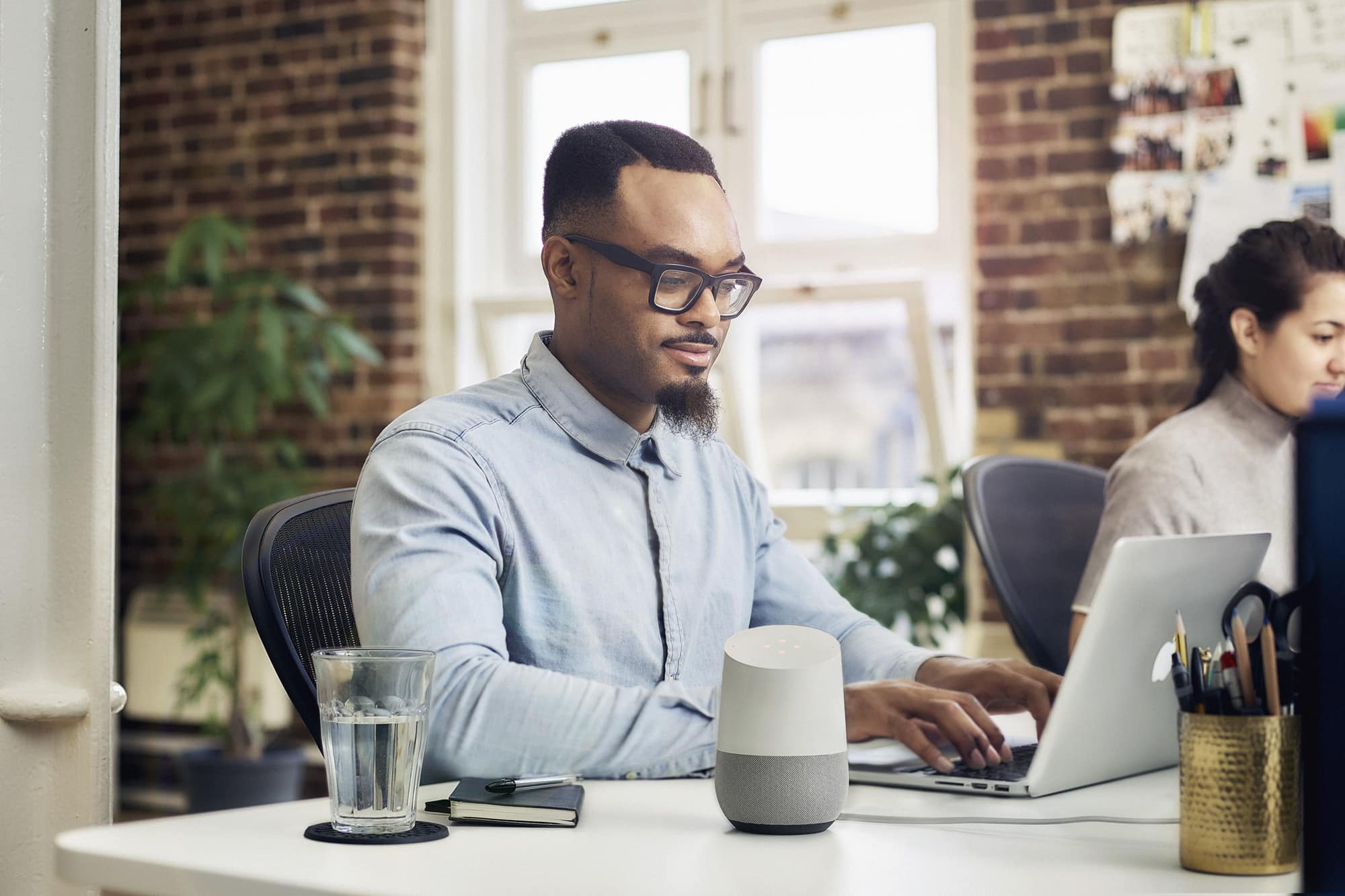From Studio to Stream: How Radio Personalities Are Influencing Gaming, Streaming, and Digital Culture

The voices we once associated solely with early mornings, drive-time traffic, and shout-outs are now echoing far beyond the airwaves.
Radio personalities are moving with the times, not away from them finding fresh ground in streaming, gaming, and digital platforms where attention is the new currency. As music, commentary and live entertainment shift to meet modern tastes, the people behind the mic are becoming multi-platform figures who shape trends across audiences far wider than those tuning in via FM or DAB.
This shift has given rise to once rare crossovers. Some radio hosts are now regular features on Twitch, join gaming podcasts, or appear on live streams alongside digital content creators. Take Greg James, for example. The BBC Radio 1 presenter has embraced online streaming and frequently interacts with younger audiences across platforms like YouTube and Twitch. His involvement in gaming events and digital content reflects how radio voices are becoming part of wider entertainment communities.
In some corners of this media shift, their influence even touches on areas such as online gaming spaces, where fast access and personality-driven content appeal to overlapping audiences. With many gambling enthusiasts these days preferring an online casino, no KYC required, niche sites like these are a little harder to find popular hosts on since they remove registration barriers and usually appeal to those seeking instant interaction and fewer restrictions. Authorities also use advertising regulations to vastly prohibit how these sites can advertise. However, for ordinary video gaming sites, Twitch streams and well-known influencers and presenters are more free to help market them.
This highlights how personalities operate within a broad digital culture where streaming, gaming, and new entertainment formats meet. The leap from studio to stream hasn’t been as dramatic as it might first appear. After all, radio has always been about real-time energy, on-the-spot reactions, and live interaction, all things that define successful streaming today.
It’s easy to see why personalities with years of experience speaking off-the-cuff, holding audience attention, and juggling live calls would find a natural rhythm in the world of gaming live streams or unscripted YouTube sessions. The performance skills honed behind the mic translate easily into the real-time reactions that audiences crave from online creators.
There’s also a level of professionalism that seasoned radio hosts bring with them. Timing, tone, keeping energy up across a segment these aren’t soft skills. They’re vital when trying to hold an audience on platforms where one click sends someone elsewhere. What’s interesting is how digital spaces are beginning to value these classic broadcast abilities again. Where amateur creators once dominated, there’s a growing appetite for presenters who can handle dead air, fill time naturally, or guide a conversation without notes.
The other driver behind this shift is how listeners now viewers and followers consume entertainment. For instance, radio shows often see spikes in listeners in the UK whenever major sports tournaments are on. However, when it’s just regular shows, people want personality-led media.
It’s not just about playlists anymore. They want to feel part of a live moment, to hear unfiltered thoughts, to comment, react, and be acknowledged. These are experiences that radio has offered for decades, just now extended to gaming streams, podcast crossovers, and casual YouTube updates filmed from a living room sofa.
Some of this crossover is planned brand deals, guest appearances, co-hosted specials. Yet a lot of it is organic. Radio hosts join Discord chats, appear on Twitch during collaborative gaming events, or lend their voices to virtual reality experiences. It’s not always formal; it’s just where entertainment is going.
In the end, the shift from studio to stream is not about leaving anything behind. It’s about meeting audiences where they are now. And increasingly, they’re gaming, scrolling, chatting and still listening.

